Up Next

Formula 1 has revealed that it’s discussing ways to try to get American drivers onto the grid with teams.
Series owner Liberty Media has pushed hard to give F1 a bigger foothold in the United States ever since taking charge of the championship.
At the same time, there’s been a groundswell of support for drivers like Colton Herta – who has just signed a new IndyCar deal through 2023 – and double series champion Josef Newgarden to get F1 outings and chances.
So what needs to happen to turn things from vague discussion to an actual project that would result in an American driver lining up on an F1 grid again?
Would a token presence be worth it?
Scott Mitchell
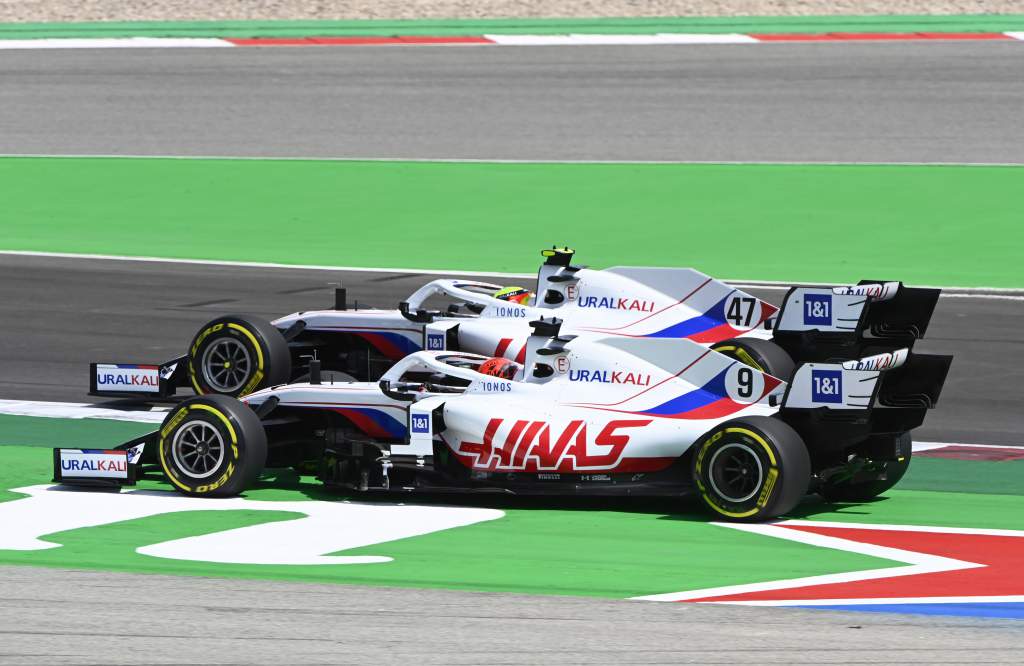
F1’s desire to have an American driver for home fans at its two Stateside grands prix to cheer for is understandable.
But this isn’t an issue of representation, whereby F1 needs an American driver to prove it’s possible or to represent something greater than the driver themself. It’s about fast tracking a process that can (and has) happened naturally in the past, for commercial reasons.
If F1 somehow manages to help put an average John Walker in a Haas, running around in 18th every race, is that really going to appeal to US fans?
There will probably be some level of natural patriotic support and a novelty value within that.
But that’s most likely going to be among existing fans, who will also probably at some stage begin to question their interest because ‘he’s in a crap car at the back, so what’s the point?’.
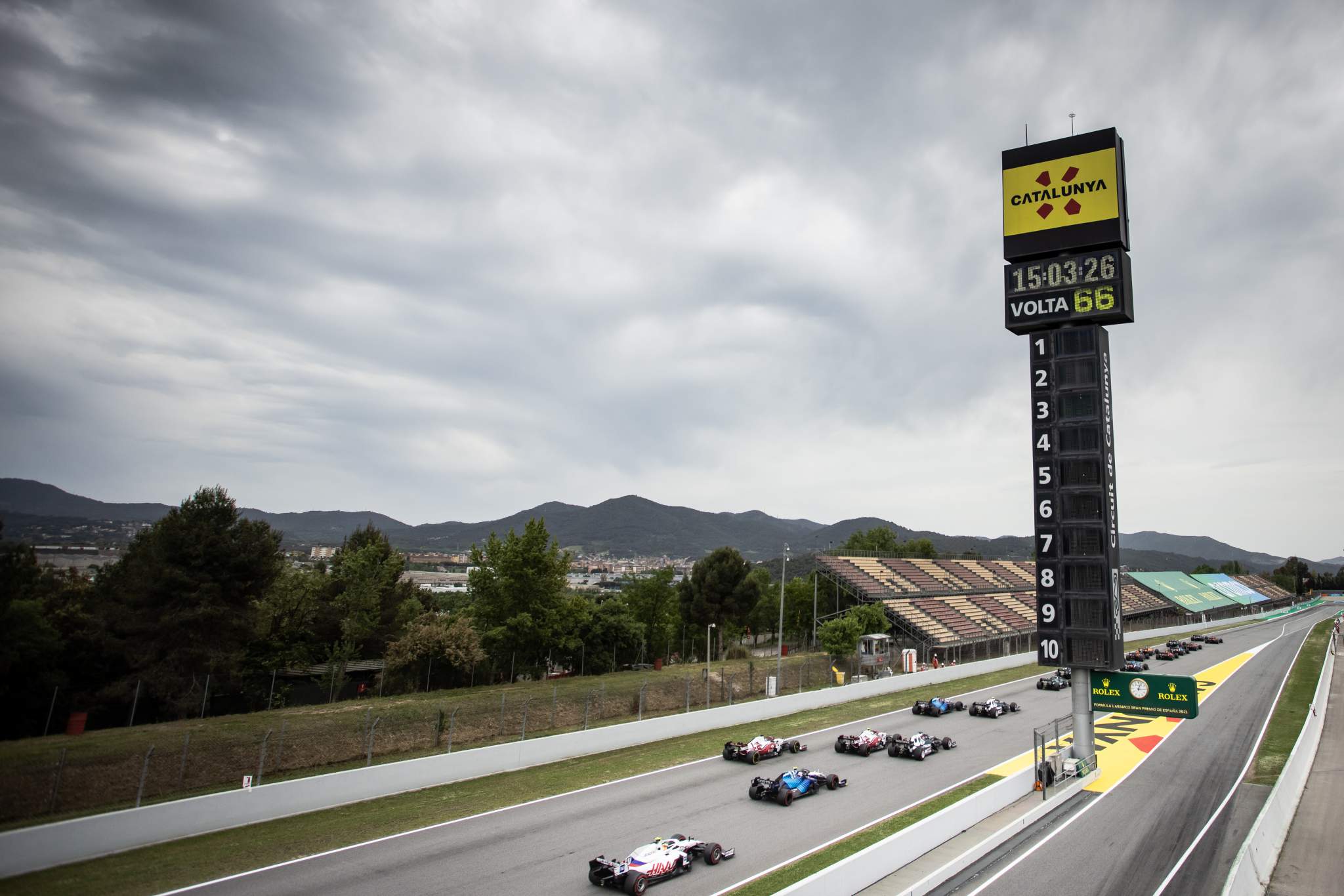
And if he’s in a lowly position, then chances are he’s not going to do anything that somehow reaches out to new fans either.
It could even be damaging for F1’s profile in the States to have the wrong driver in the wrong situation, if the audience does not take that driver seriously or thinks that their plight shows that F1’s all about the car.
There have been championships in the past (probably even now) that see the benefit in simply having a nationality represented because the expectation is that the local crowd will go wild for “one of their own”.
Nowadays that seems at best naive and at worst simply patronising of the audience.
It has to be the right driver, not someone who is there for symbolic value.
Why staying in the Road to Indy is the better bet right now
Jack Benyon
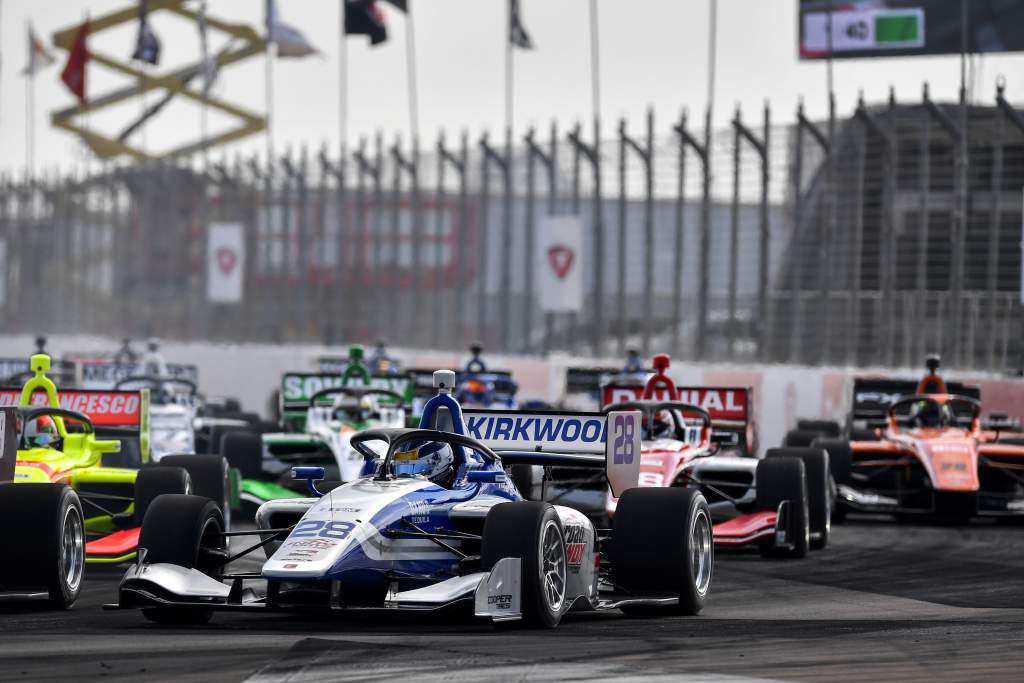
So often in motorsport, it comes down to a question of money. Fundamentally, unless F1 coughs up for a ladder system that rewards the champion in each series like in America, it won’t have a well-prepared American driver anytime soon.
The American system works like this: If you win the entry level US2000 championship (let’s compare that to F4 in Europe) you get the budget to do the next championship, Indy Pro 2000 (F3, if you’re comparing to Europe).
If you win Indy Pro 2000, you get the budget to do America’s version of F2, Indy Lights, and if you win that you get the money for three IndyCar races and the Indianapolis 500.
It’s not a perfect system, it doesn’t always generate the best drivers as its graduates and they may run out of money after one year of part-time or full-time IndyCar.
But it’s better than having to fund F3 (upwards of £900,000 for most top teams) and F2 (can be as high as £1.6million with a top team) plus you really need to be on an F1 junior programme which may also cost cash.
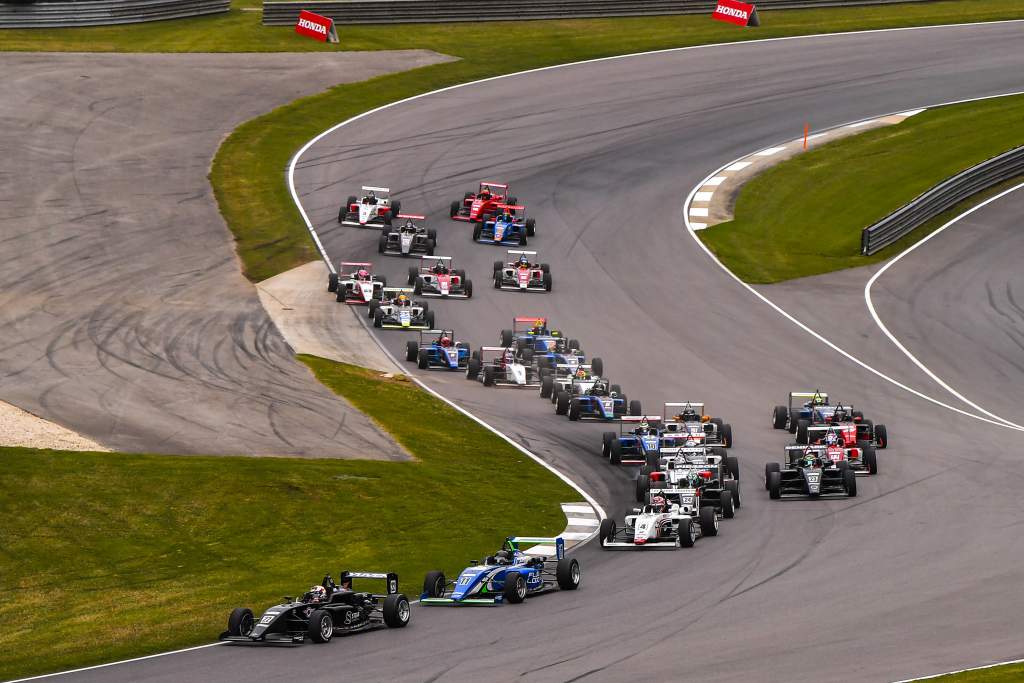
As it stands, drivers in America can graduate with minimal funding and if, they are good enough, can forge a career in IndyCar where they could be paid well and be very highly respected by their peers.
Why bin all of that off to head to Europe where you don’t know the tracks (and drivers coming from F4 do), and might waste the money it will cost to go right through from USF2000 to IndyCar on one season of F2 or F3?
It makes no sense to spend that money and inevitably go into it unprepared. Josef Newgarden’s GP3 bail-out is a perfect example of that.
Until F1 funds a system similar to the Road to Indy or offers a multi-year scholarship system, it’s unlikely to have an American driver. Why should it click its fingers and expect someone else to make this extremely beneficial thing happen without doing at least some of the leg work?
Watch the full 2021 Indy Lights season live and for live on The Race’s YouTube channel
What F1 needs to put in place if it’s serious
Edd Straw
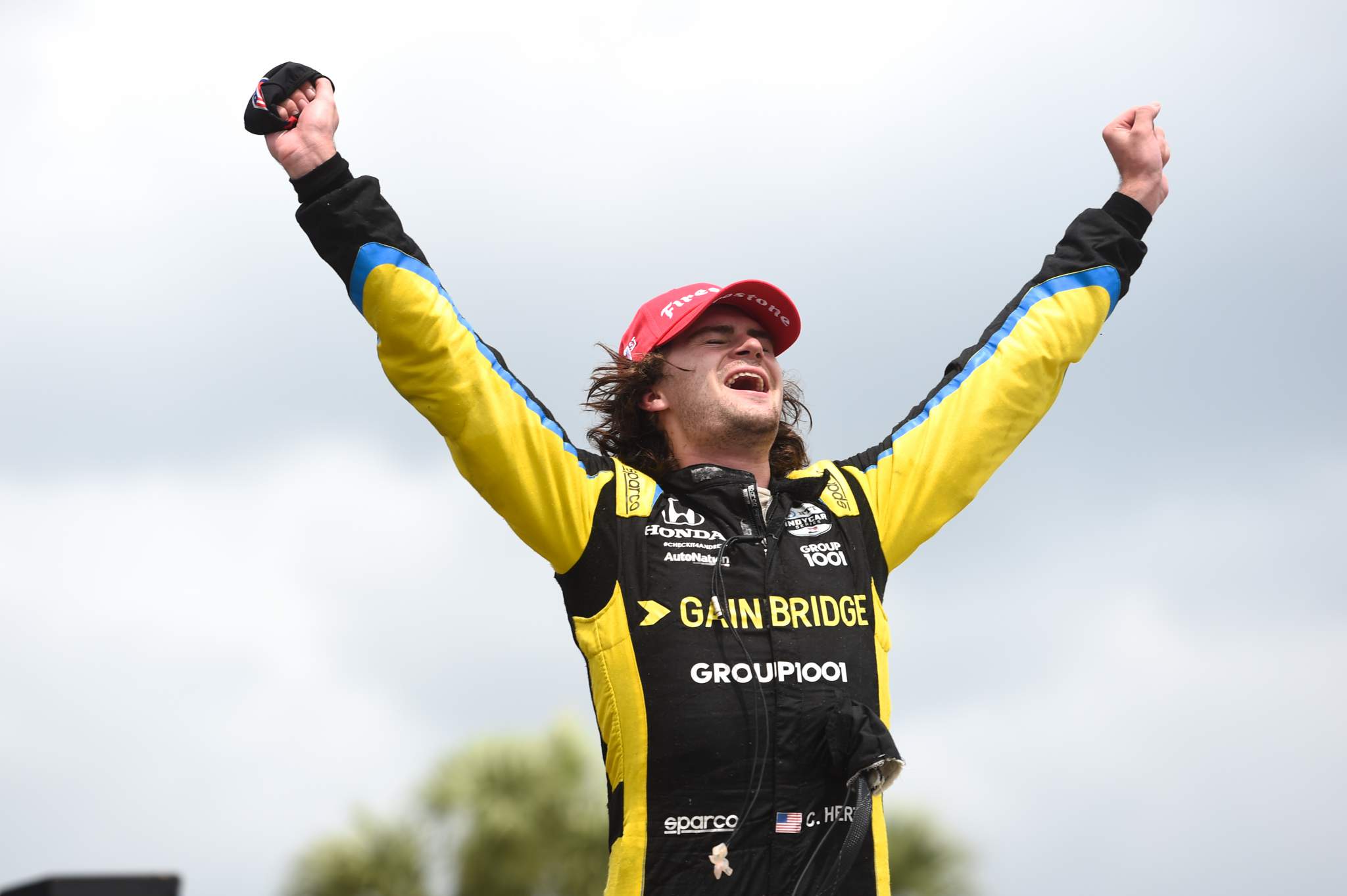
Of course Formula 1 wants an American driver – what could be better to further its aims of building up the American audience? But what F1 really means here is that it wants this to be served up to it on a plate organically.
That either means a young driver making their way through the European junior single-seater ladder and catching the eye of the right people, or an F1 team plucking an established American ace, such as Herta from IndyCar.
Currently, this aspiration amounts to little more than a hope. While F1 is investing in the United States with its support of the new-for-2022 Miami race, it’s very clear that a driver with the potential to generate real headlines is what’s really needed. So unless F1 is genuinely willing to invest directly into supporting a scheme to assist American drivers, which seems desperately unlikely, it’s a somewhat hollow objective.
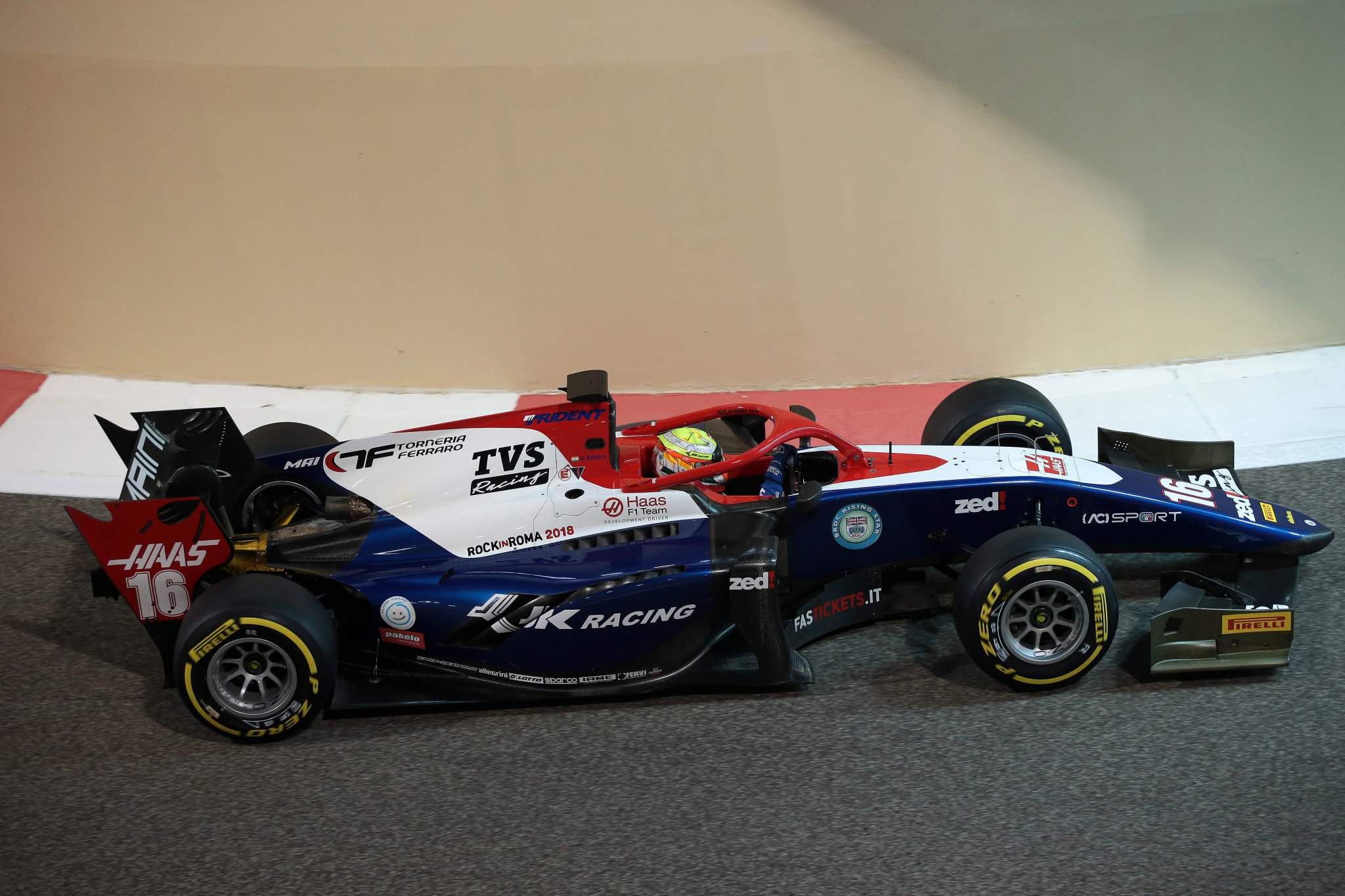
While F1 won’t be directly investing in that, and would garner criticism from other parts of the world if it was seen to be easing the progress of drivers from one region, perhaps the most likely possibility is cultivating a new partner that would be willing to do so. The trouble there is finding a company that has a specific affinity for American drivers, but which does not have sponsorship ambitions that are limited to the United States – because otherwise there are cheaper and more effective options in IndyCar and NASCAR for said company.
Stefano Domenicali has referred to “working with teams on this”, which indicates that it’s currently little more than urging F1 teams to chase American drivers. Realistically, that will happen if there are eye-catching American drivers on the European ladder, which will remain no more or less likely than it has during the past decade without intervention.
How MotoGP does it
Simon Patterson
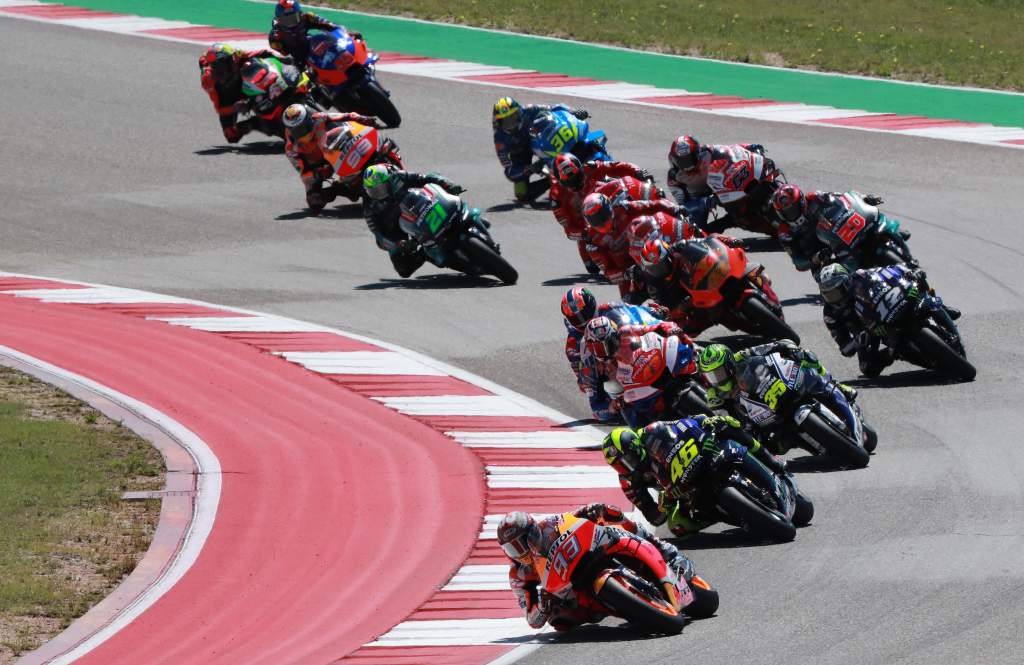
If there’s one thing that MotoGP organiser Dorna has done perfectly in recent years, it’s ensuring that there’s as many nationalities as possible represented on the Grand Prix grid.
Obviously, it’s an easier proposition on two wheels than four thanks to the cost factor, but Dorna’s put its money where its mouth is and invested heavily to make it happen.
The main way in which it’s done that is through its network of Talent Cups.
The UK, Europe, Northern Europe and Asia all have their own series, which are free to participate in if you’re selected, and which all feed into the Junior Moto3 world championship, where Dorna runs its own team to place the series winners.
Alongside that, there’s also the Red Bull Rookies Cup, a one-make series where Dorna cooperates with the energy drink giant and Austrian manufacturer KTM to provide a platform within the MotoGP paddock where you don’t need money to shine.
Take rookie MotoGP podium finisher Jorge Martin, for example, who has admitted that if it wasn’t for the low-cost chance offered by the series, he’d have been forced out of racing years ago.
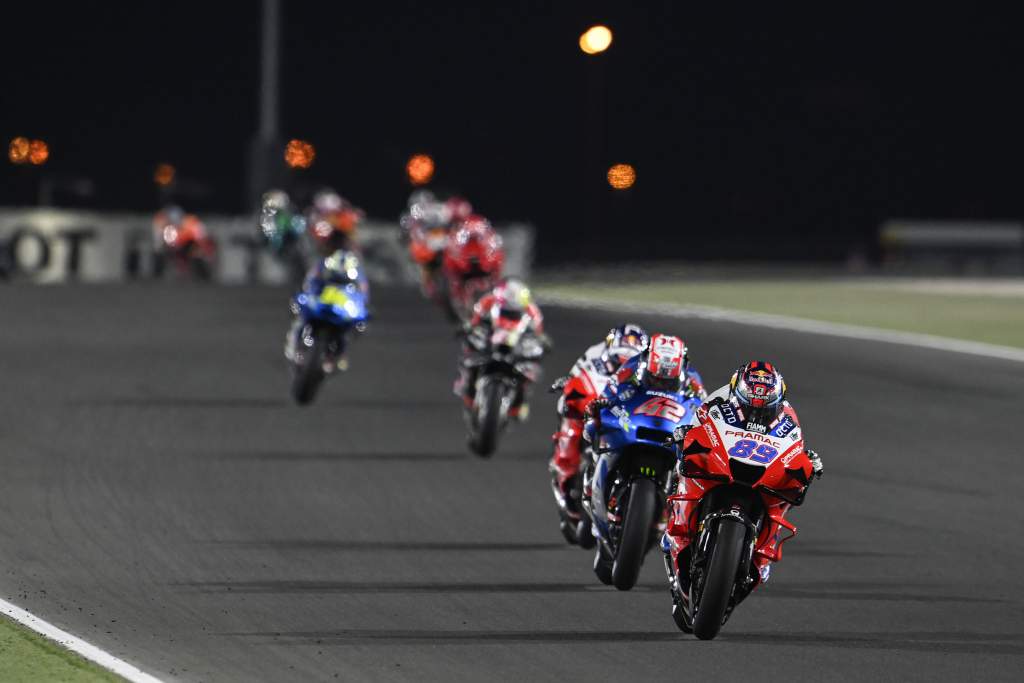
More than that, though, Dorna has become expert at using its influence with its TV broadcasters and sponsors to help out talent from countries it wants on the grid.
It’s more than happy to divert some of the cash from its broadcasting deals directly to teams in order to convince them to take riders, as well as to place sponsors on bikes.
Having its own in-house media empire hasn’t hurt Dorna either. US rider Joe Roberts has been pushed hard by the promoter in recent years, with a number of documentary series about him and his American Racing team all part of the plan to increase interest in the Moto2 rider in his home country.
And while there isn’t currently an American on the MotoGP grid, it looks much closer to being a reality again then in F1.
Might it happen organically?
Scott Mitchell
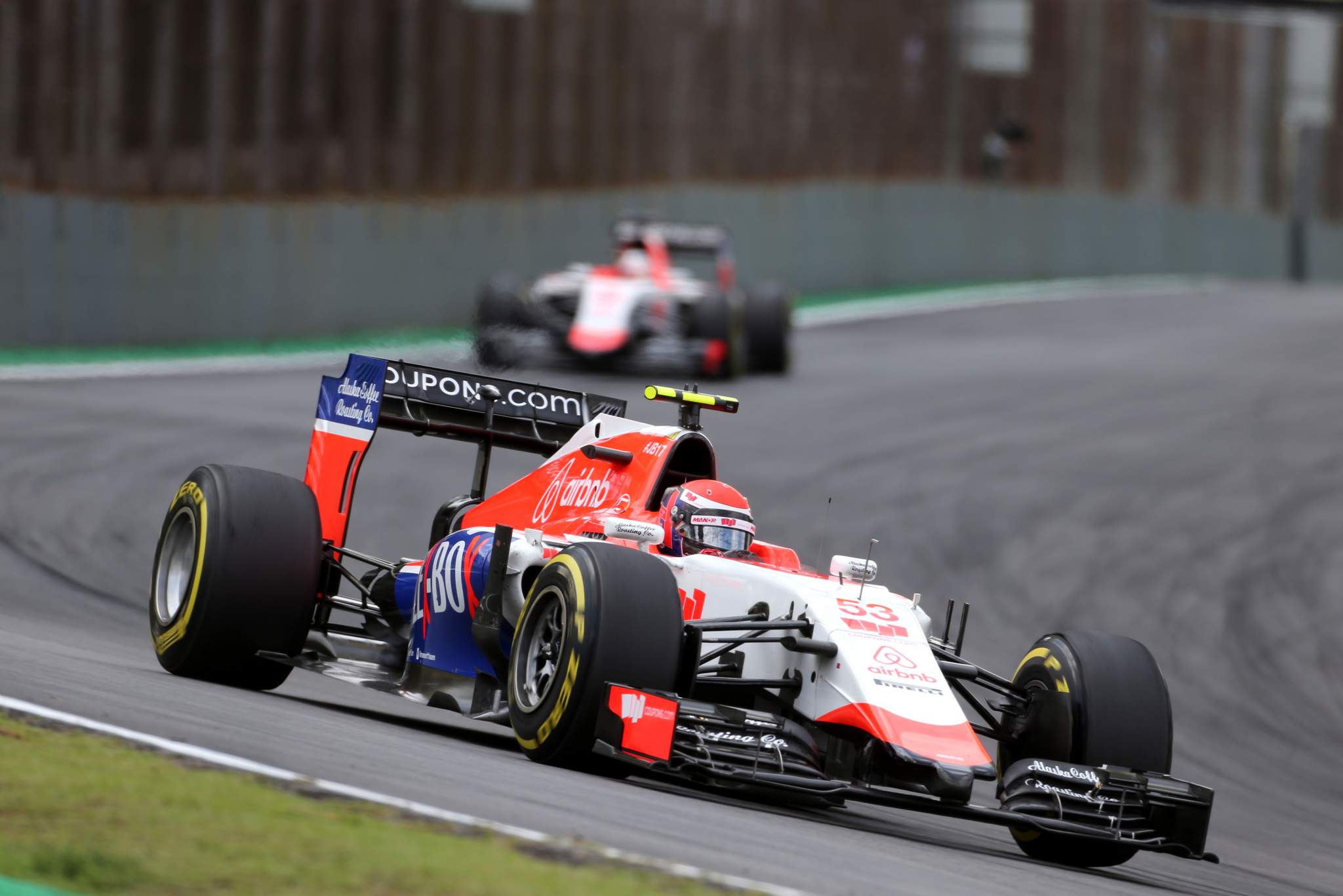
The last American to race in F1, Alexander Rossi, got on the grid through the same mix of factors that apply to many grand prix drivers: he spent his junior career in the mainstream categories, he was a solid operator in those categories, he had backing, and there were seats available in F1’s backmarker teams.
And the best homegrown prospects Stateside, two-time IndyCar champion Newgarden and 21-year-old Herta, were both in Europe for the first part of that junior career with the initial intention of getting on the ladder.
Convincing drivers to take that step is still the best chance for American representation in F1 to occur organically.
There is no US driver in F1’s main feeder series Formula 2, although the country has a healthy representation in Formula 3 through ex-Sauber junior Juan Manuel Correa, Red Bull protege Jak Crawford, BRDC British Formula 3 champion Kaylen Frederick, and 2020 F3 title contender Logan Sargeant (below).
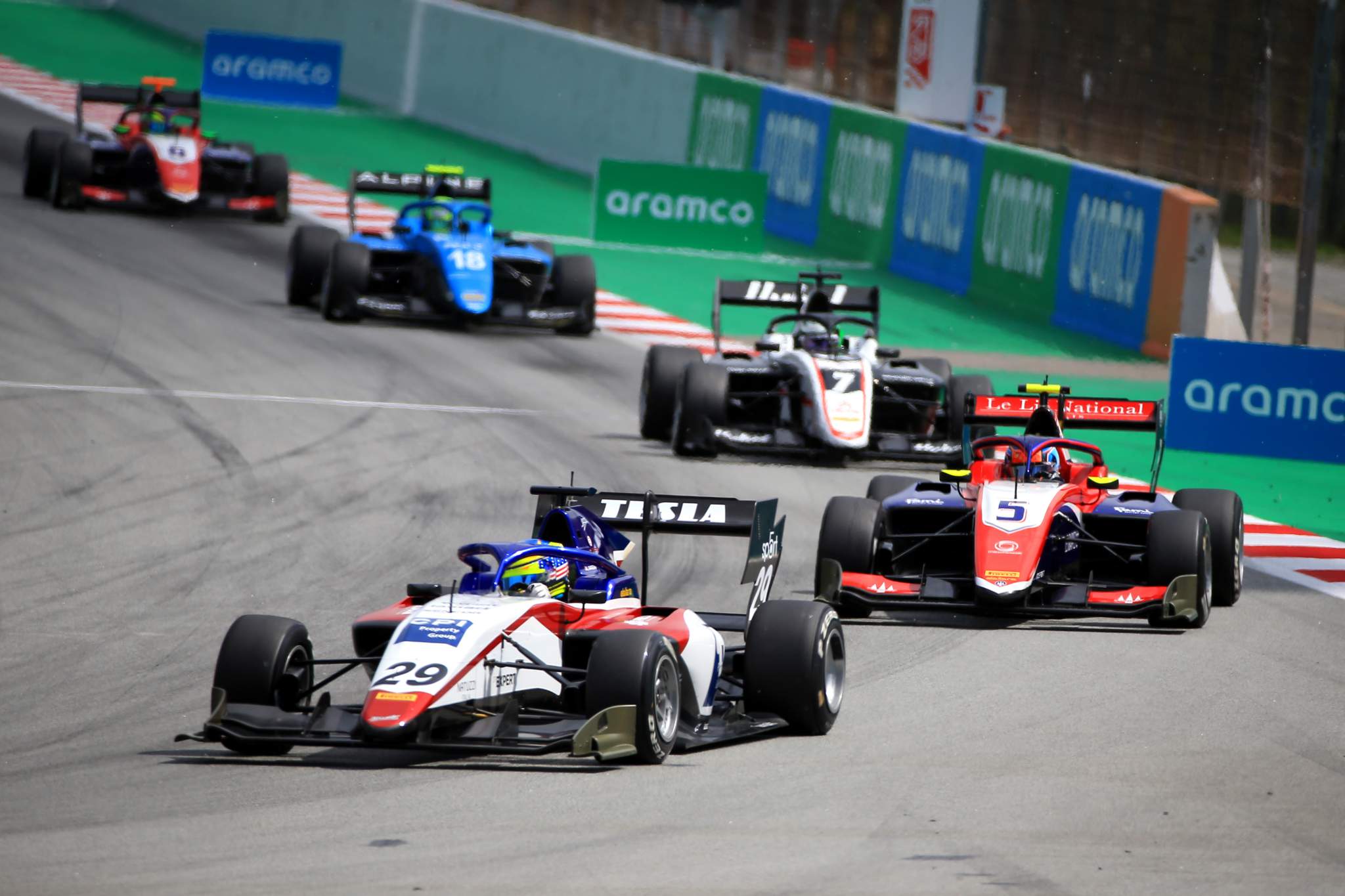
All bar Frederick scored at least a point across the three races that made up season opener in support of the Spanish Grand Prix this month, although Sargeant’s the highest-placed driver in the championship and only 11th in the standings.
Sargeant proved his ability at this level last year although his career situation is precarious given he risked falling off the ladder this season because of budget issues before landing a seat at Charouz – the team that finished last in the 2020 championship.
But the presence of Crawford in Red Bull’s driver pool plus Correa’s former Sauber links – he tested F1 machinery before his F2 season was cut short in 2019 by severe injuries sustained in the crash that killed Anthoine Hubert – shows that American drivers can get on the F1 radar on their own.
It can happen on its own, like it can for almost any country. In fact, despite the popularity and quality of the US’s own IndyCar series and its career ladder, one might even argue that the US’s racing heritage means it’s much likelier for an American F1 prospect to emerge than one from many of the other territories F1 would like to expand its footprint in (for example, southeast Asia).
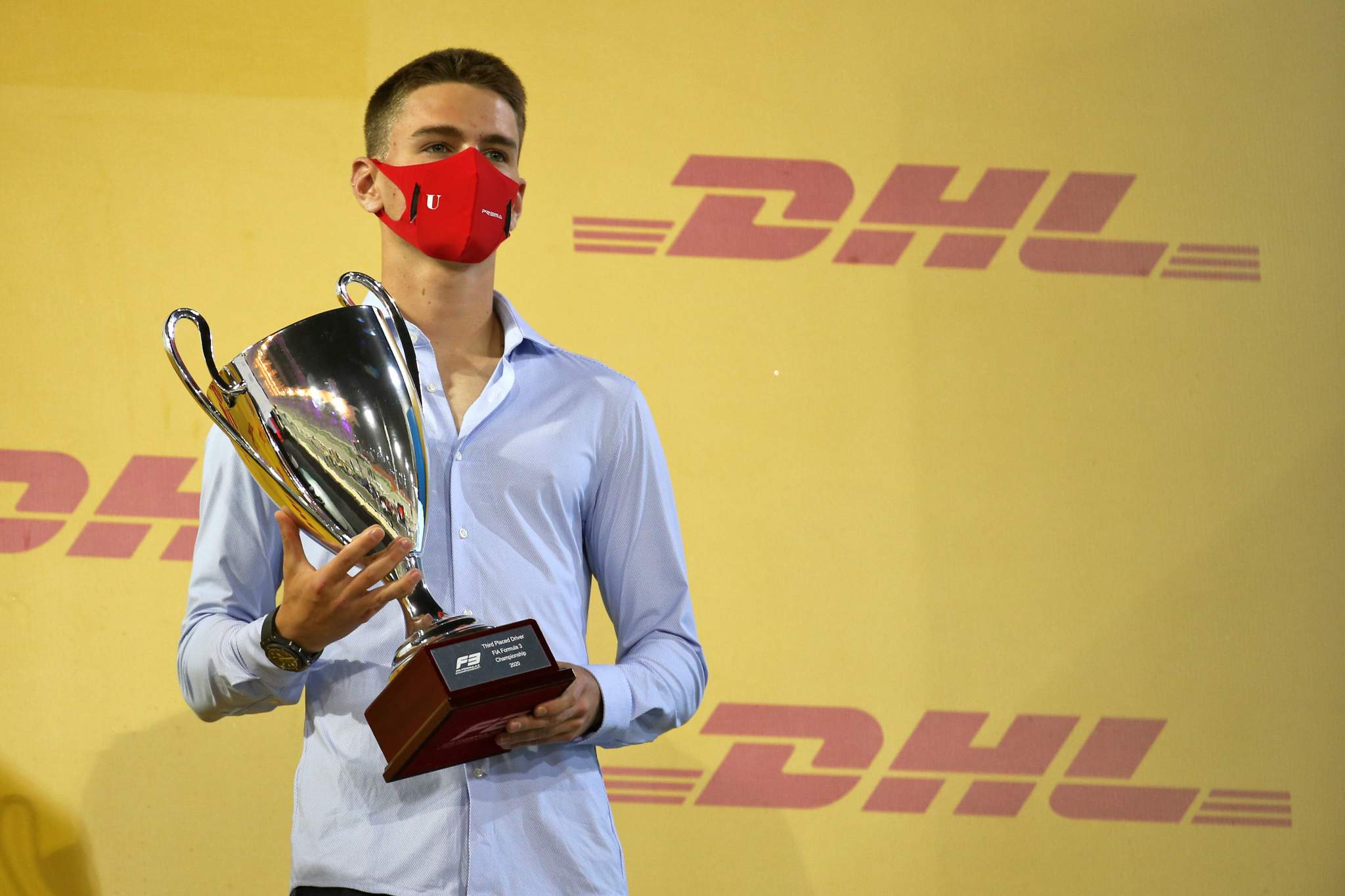
But there might be a middle-ground to be found between ‘don’t interfere and hope it happens naturally’ and ‘trying to get an F1 team to invest in a modern-day version of the Red Bull Driver Search’ – the programme that picked out Scott Speed and took him to F1.
It certainly wouldn’t hurt Ferrari or Red Bull or any team to be encouraged to take on a driver from a certain region if they showed some real ability. From the team’s point of view that driver then becomes an investment like any other junior, one that might pay off in the end if they are good enough.
Perhaps F1 could accelerate that process by potentially helping identify talents/partially covering the cost of their place on a junior programme? Sargeant (above) would seem like the obvious candidate – and a justified one – for that kind of career assistance.



